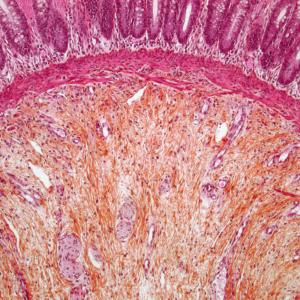Abdominal Fat Is the Main Choice for Facial Plumping & Enhancing Facelift Surgery
Fat grafting, the practice of transplanting fat by injecting abdominal or other fat to fill out cheeks, creases, and sags, has become more widely embraced by plastic surgeons, according to results of a survey by NYU Langone Medical Center researchers. The survey group was composed of 309 randomly selected members of the American Society of Plastic Surgeons, the largest plastic surgery specialty group worldwide.
Participants were asked about their methods of harvesting, processing, and injecting fat, the most commonly selected injection sites, and their opinions on the overall efficacy of grafting as a facelift procedure, as well as how often they use it.
According to the NYU Langone team’s findings, 85 percent of the 309 facial aesthetic surgeons surveyed use the technique to enhance the results of facelift procedures designed to smooth wrinkles and creases, and eliminate sagging. Of this group, over 70 percent reported adopting the method within the past 10 years.
“Our survey results show that plastic surgeons across the country are quickly adopting fat grafting as the standard in facelift procedures,” says lead study investigator Sammy Sinno, MD, a plastic surgeon at NYU Langone.
Researchers say the survey is believed to be the first of its kind to determine the frequency and extent of plastic surgeons’ use of the injectable fat-grafting method for facelifts. The survey results are summarized in the July issue of the journal Plastic and Reconstructive Surgery.
As part of the survey, Sinno and his team also investigated the ways in which plastic surgeons practice fat grafting. The most popular sources of fat were from the patient’s abdomen, accounting for over 80 percent of the respondents’ cases, and from the hips, accounting for 10 percent of cases. The amount of fat injected into the face to replace volume loss from aging ranged from 11 cubic centimeters to 25 cubic centimeters, or about 3 to 5 teaspoons.
Sinno notes that surgeons typically add extra fat to compensate for the amount of fat likely to be reabsorbed by the body, about 40 percent of the initial injection. The rest remains indefinitely. By contrast, synthetic, commercial dermal fillers, an alternative to injected fat, last only nine months to a year and require repeated injections.
According to the survey group, the most commonly injected areas of the face are the cheek, the region below the lower eyelid, and the nasolabial folds, or creases between the nose and corners of the mouth.
According to Sinno, fat grafting is currently the only widely used method able to counter so-called volume deflation in the face, or loss of fat over time. Creasing, wrinkling, and sagging, he says, are temporarily treatable with other popular techniques such as Botox and synthetic fillers, but alone these methods cannot restore the plump, youthful quality of the face like facelifting with fat grafting can. Fat grafting procedures typically add about $1,000 to the overall cost of facelift procedures and are not usually covered by health insurance.
Sinno says fat grafting results have improved dramatically in the past 10 years. Initial results were sometimes unpredictable and inconsistent. He says a deeper understanding of the facial anatomy of fat compartments has led to refinements in fat grafting, along with more consistent and longer-lasting results. Reports of complications are rare.
Funding support was provided by NYU Langone Medical Center.
In addition to Sinno, other researchers at NYU Langone Medical Center included Karan Mehta, BS, and Patrick L. Reavey, MD. Additional research support was provided by Christopher Simmons, BA, at the American Society of Plastic Surgeons in Arlington Heights, Ill; and James M. Stuzin, MD, at the University of Miami in Florida and the Cleveland Clinic Florida in Jacksonville.
Media Inquiries
Deborah (DJ) Haffeman
Phone: 212-404-3567
deborah.haffeman@nyumc.org

